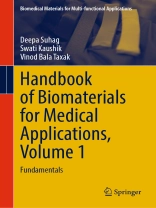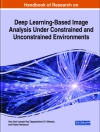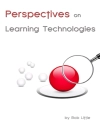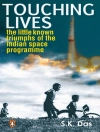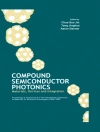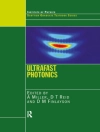‚Handbook on Biomaterials for Medical Applications: Fundamentals‘ is a critical monograph that merges advanced technological insights with practical applications in biomedical materials science. It navigates through the intricate blend of theoretical knowledge and real-world medical practices, highlighting the significant roles these materials play in enhancing therapeutic outcomes. Addressing the interdisciplinary nature of the field, the book incorporates perspectives from chemistry, biology, engineering, and clinical medicine. This comprehensive guide covers novel biomaterials, advanced drug delivery systems, innovative tissue engineering, and the emerging field of theranostics, providing a holistic view of how these elements drive medical advancements. This book can be a valuable reference for scholars, researchers, and healthcare practitioners. Its text is richly illustrated with diagrams and tables, facilitating both the understanding and application of complex concepts. With an educational narrative accessible to both experts and beginners, the monograph encourages a passion for innovation and a deep understanding of the transformative potential of multifunctional biomedical materials. It invites readers to explore the confluence of materials science and therapeutic innovation, setting the stage for future breakthroughs in medical science and therapy. It can also be prescribed as a textbook for various graduate and undergraduate courses like tissue engineering and regenerative medicine, nanomedicine, biomedical engineering and biomaterials science and engineering.
Inhaltsverzeichnis
Chapter 1. Introduction to Biomedical Materials.- Chapter 2. Fundamentals of Biomaterials.- Chapter 3. Biodegradable Biomaterials in Biomedicine.- Chapter 4. Nanomaterials in Biomedicine.- Chapter 5. Bioactive Polymers.- Chapter 6. Scaffold Design in Tissue Engineering.- Chapter 7. 3D Printing in Biomedicine.- Chapter 8. Hydrogels in Drug Delivery.- Chapter 9. Biomimetic Materials.- Chapter 10. Theranostics: Combining Diagnosis and Therapy.- Chapter 11. Drug Delivery via Lipid-Based Nanocarriers.- Chapter 12. Challenges and Future Directions.
Über den Autor
Dr. Deepa Suhag is Assistant Professor in the Department of Nanotechnology, Amity University Haryana. She has published 17 research articles in major international and has filed 6 patents of which 1 has been granted by the Government of India. Patent titled “Method for preparation of highly fluorescent biocompatible Sulphur doped graphene quantum dots from affordable agro-industrial bio-waste cane molasses using hydrothermal synthesis for bioimaging application‘ was granted on 19.05.2022. Her research area spans from biomaterial engineering to wound healing and tissue regeneration. She currently has a combined research funding of 10 million from various funding Indian government agencies. Dr. Deepa Suhag’s major collaborators are from CNCI Kolkata, AIIMS Delhi, IIT Delhi, TBRL Chandigarh, INST Mohali, RGCB Kerala, and Harvard University, USA.
Dr. Swati Kaushik, Senior Scientist at Arjuna Naturals Pvt. Ltd., Cochin, specializes in biotechnology with expertise in nanotechnology, cancer biology, and drug discovery. She earned her Ph.D. in Biotechnology from Amity University, Noida, and has held prestigious fellowships, including the National Postdoctoral Fellowship from the Science and Engineering Research Board. Dr. Kaushik has an extensive publication record with 18 peer-reviewed articles and 5 granted patents. Her research focuses on innovative cancer treatments and drug delivery systems. She has received numerous awards, including the Young Scientist Award, and has presented her work at various international conferences.
Prof. Vinod Bala Taxak is Emeritus Scientist at M.D. University, Rohtak, and the first woman to hold this position. With more than 34 years of experience, she specializes in analytical chemistry, luminescent nanomaterials, and light-emitting metal complexes for OLEDs. Prof. Taxak has published approximately 150 research papers and completed significant projects, including a Korean Government Project and a major UGC project. She has been a visiting scientist in South Korea. She has also participated in numerous conferences and served as a reviewer for high-impact journals. Her work includes diffraction patterns accepted by the International Centre of Diffraction Data (ICDD).
